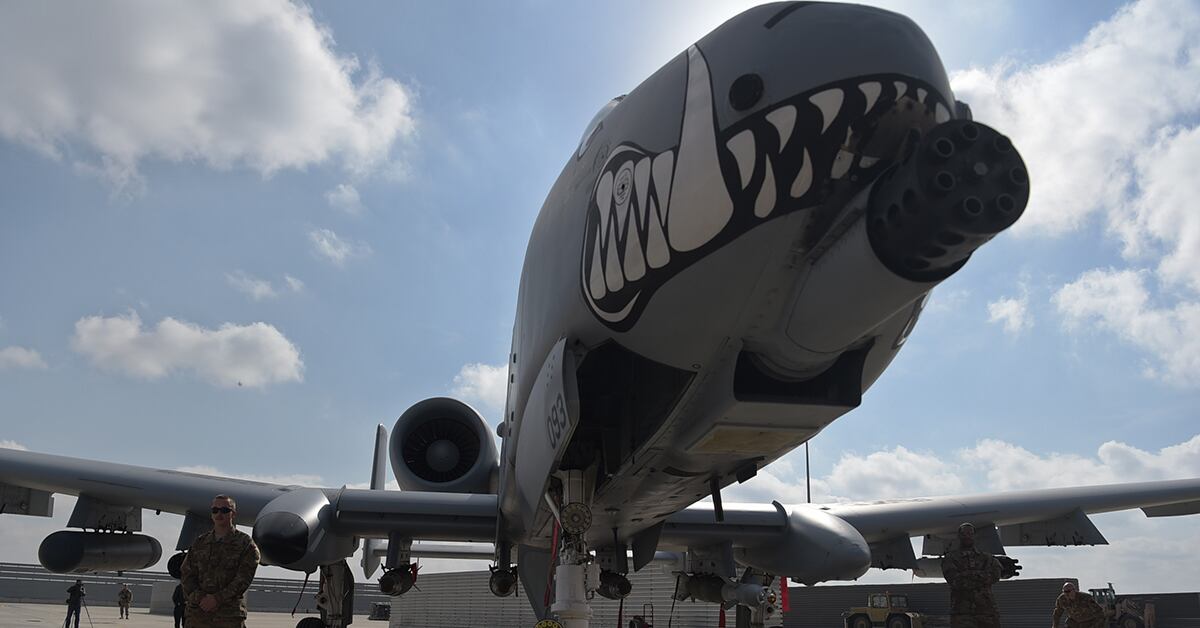Two sorties of A-10C Thunderbolt II aircraft struck Taliban militants in Helmand province, Afghanistan, on Jan. 24. It’s the first series of strikes by the aircraft since its return to Afghanistan on Jan. 19.
The aircraft, commonly referred as the Warthog, has been absent from Afghanistan since 2014 as America began rapidly withdrawing forces from the region.
The A-10 is one of the military’s most beloved aircraft, especially in Afghanistan, where the plane’s 30mm cannon has dealt punishing blows to Taliban fighters for years.
“The A-10 kinetic strikes were in support of an Afghan National Defense and Security Forces patrol that was being engaged with small arms and a PK machine gun,” an air officer with Task Force Southwest told Marine Corps Times.
The Marine task force commander called in for approval of the strike, while a U.S. Army drone marked the target. It was a “joint effort in support of our ANDSF ground force partners,” the air officer said.
The return of the A-10 is a part of plan by Gen. John Nicholson, the commander of U.S. forces in Afghanistan, to bolster air and strike assets in theater to support U.S. advisers as they begin to embed with partner forces close to the front lines of combat.
The new rotation of Marines with Task Force Southwest and the pending deployment of the Army’s 1st Security Force Assistance Brigade, will be the first units authorized to advise at the Kandak, or battalion level.
The A-10s were flexed to Afghanistan as operations against ISIS in Iraq and Syria have begun to rapidly wind down. The terror group has lost all of its urban terrain, and clings onto a few scant towns and villages along the middle Euphrates River valley.
The new rotation of Task Force Southwest is comprised of roughly 300 Marines, they are based out of Helmand Province to train and advise the Afghan 215 Corps.
Shawn Snow is the senior reporter for Marine Corps Times and a Marine Corps veteran.





